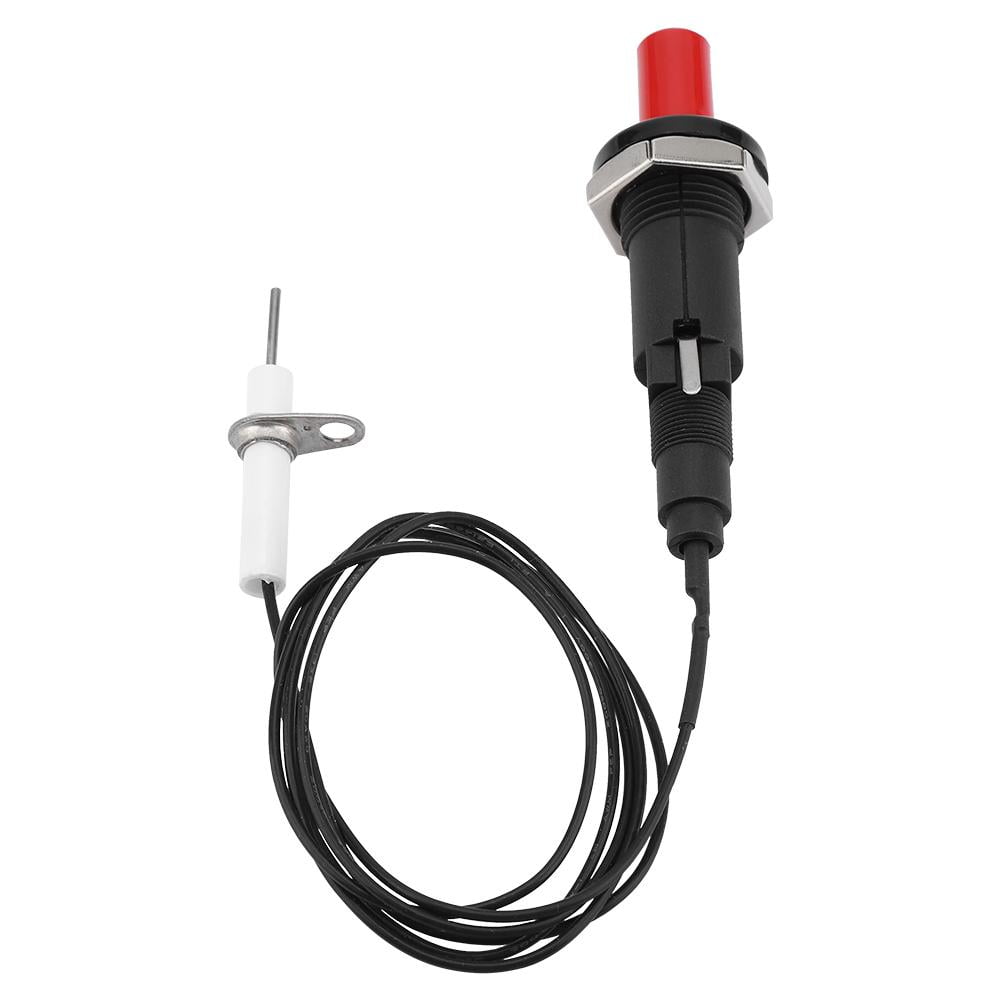

They also offer the advantage of being individually addressed, allowing for the use of timing to steer transmitted beams or for detection from preferred directions. The modules can be used to build up assemblies of any size and geometry (cylindrical, spherical, special contoured). Each one of those square facets you see is driven by a piezo module: a stack of large diameter piezo rings put together and wired similarly to the dental scaler. The construction of the units shown are typical of bow sonar arrays. It puts the “alarm” in “smoke alarm” and there is one hiding somewhere in almost every desktop and laptop computer.īig and heavy! There are many types of sonar, but the unit that goes in the nose of a submarine is an example of how piezo technology can be scaled upward into very high power applications. It produces a high audio tone in the 2 – 3 kHz region. It is often packaged in a plastic case with an integral (but simple!) drive circuit that converts applied DC voltage to an AC voltage that’s exactly at the right frequency to make it loud. The piezo element itself consists of nothing more than a thin disk of piezo bonded to a thin disk of metal (typically brass, but sometimes stainless steel). Once exotic and pricey, it is now a useful and ubiquitous commodity. The piezo buzzer is a watch beeper on steroids. So actually the sound doesn’t have to get out, it’s already out! It gets tickled by a high frequency signal from the watch’s electronics and forces the entire back of the watch to ripple like a bed sheet.

The answer is that there is a little disk or square of piezo material glued to the inside of the watch back. The light weight scaling tip - the part that actually touches your teeth - screws onto the threaded tip and is set into "wild" vibration by the piezo’s motion.ĭid you ever wonder how the sound of the watch beeper gets out of the watch without any holes? OK, so maybe not. They are stacked 4, and sometimes 6, deep and wired up so that all of their individual motions work in unison, adding up to much larger motion and power. The tooth plaque scaler that your hygienist uses looks like this inside. In order to get to this usable state the raw fired piezo has to be cut to shape, have the electrodes applied to its surface, and THEN it has to be polarized by applying a very high voltage to its electrodes. This is perhaps the most commonly appearing form applied in medical ultrasound transducers (fetal heart rate monitors, some imaging, physical therapy devices, etc), ultrasonic cleaners, NDT (non destructive testing) probes, etc. At this stage it does not exhibit piezoelectric properties.Ī simple disk of piezo with silver electrodes on both major faces. It's a ceramic, fired in a kiln (like a flowerpot), so it's brittle, shatters when dropped, and it's not very flexible. You can scroll through, or click directly on the table of contents: Block of Piezoįirst: this is a block of piezo as it appears right after it's fired. Rather than beat you up with a lot of descriptions, here is a really instructive set of photos with a little description about what each one does. How Much Electrical Power Can a Piezo Generate?."Fascinating Captain," as Spock would say.
#Piezo igniter free#
free reversible interchange, of electric and elastic energy. A medium in which there is coupling, i.e. Here we'll take a generic applications perspective and use "piezo" for a device, and we'll say that "piezo material" is a solid which, when deformed by applied stress, produces usable electric charge, and when subjected to applied electric field, deforms itself. after attachment of electrodes to the faces" which is pretty close to the current piezo in meaning. Oddly enough, 50-odd years ago there appeared in the 1967 Random House Dictionary the word piezoid, a noun, with the definition "a completed crystal blank, esp. Piezo (the word) has more and more turned into a noun, as in "THE piezo." In common use, it could mean anything from a simple piezoceramic disk to a whole assembled component or device that has some essential piezoelectric material as an integral part. There are a lot of natural materials that exhibit piezoelectric properties, e.g. Although, for our purposes, the most important materials are man-made ceramics that happen to be really active (piezoceramics!). What kind of materials? Well, a whole lot more than you might think. For example a piezometer is a pressure meter piezoresistor is an electronic component which changes its resistance when exposed to stress and p iezoelectric is an adjective describing a property of some special solid materials that can convert some of the energy from an applied pressure into electric charge. It's combined with some other words to make new nouns and adjectives. Piezo as noted in all formal sources (dictionaries, Wiki, etc) is a Greek root meaning pressure or push.


 0 kommentar(er)
0 kommentar(er)
